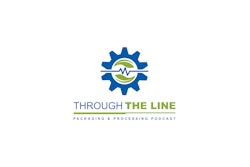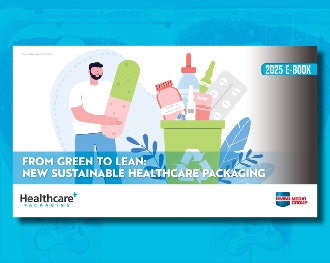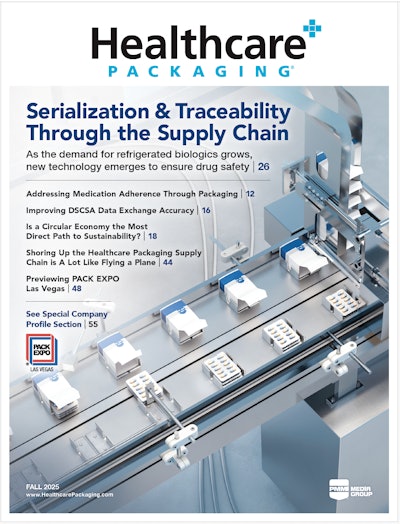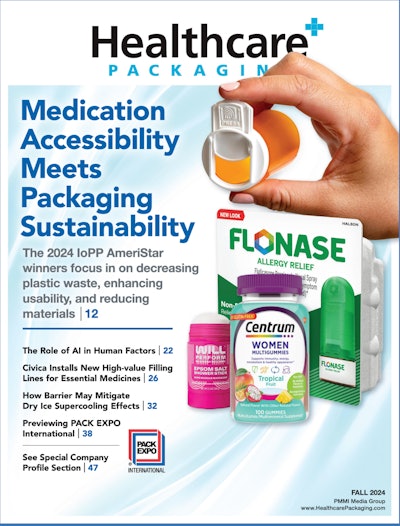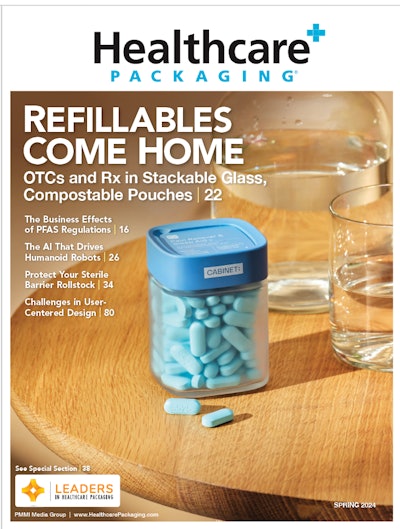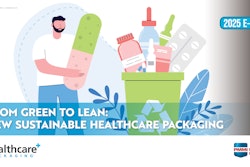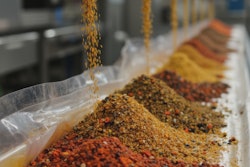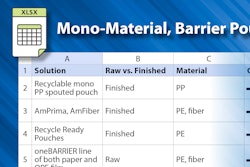
On August 25, the U.S. Food and Drug Administration and its regulatory counterparts in Mexico—the Federal Commission for the Protection from Sanitary Risks (COFEPRIS) and the National Service of Agro-Alimentary Health, Safety and Quality (SENASICA)—held their second annual Food Safety Partnership (FSP) Meeting, which is as part of ongoing efforts to help ensure the safety of food imported from Mexico and advance protections for consumers in both countries.
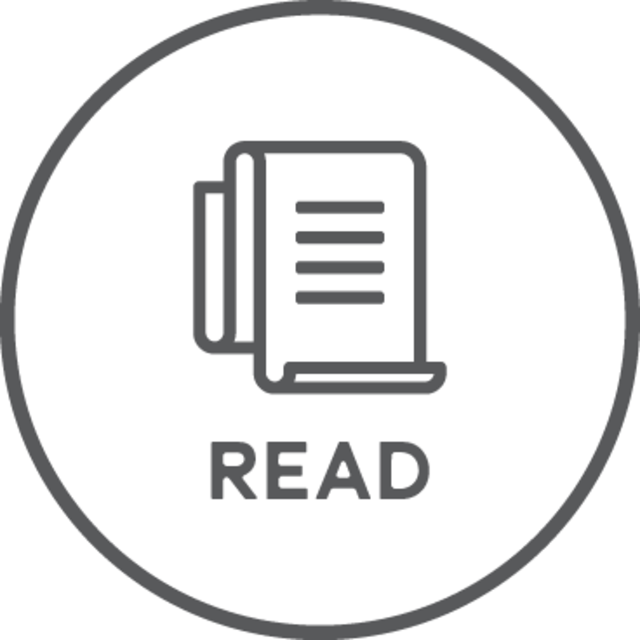 | FDA Issues Voluntary Recalls Final Guidance |
During this year’s meeting, the agencies reported tangible progress in each workgroup and discussed plans for the coming year to further food safety in both countries. Reported progress and outcomes included:
- Exchanging key information and plans that guided efforts to address a 2021 Salmonella outbreak, linked to bulb onions from the State of Chihuahua, Mexico. The three agencies collaborated to share information on their respective onion plans to guide response and prevention efforts. The FDA and SENASICA also collaborated with the papaya industry on the verification of the papaya checklist, a tool to further encourage the adoption of food safety best practices for papaya.
- Discussing progress on the implementation of the FDA’s Cyclospora methodology distance training plan based on the BAM Chapter 19b method for detecting Cyclospora cayetanensis in produce samples for SENASICA and COFEPRIS.
- Establishing a new commitment for Whole Genome Sequencing (WGS), with SENASICA and the FDA committing to a data-sharing agreement to upload 100 sequences (food and environmental) to the GenomeTrakr network, which will allow both countries to identify and respond to outbreaks more quickly and with more precision.
- Establishing revised Binational Outbreak Notification Protocol to improve timely, effective communication by sharing WGS data, including a reference to the laboratory methodology for detection, and using the FDA CORE Investigation Table to share publicly available epidemiologic information. As a next step, the FDA, SENASICA, and COFEPRIS are working on a new model for conducting inspections involving participation by all three regulatory agencies where a food safety issue is suspected.










